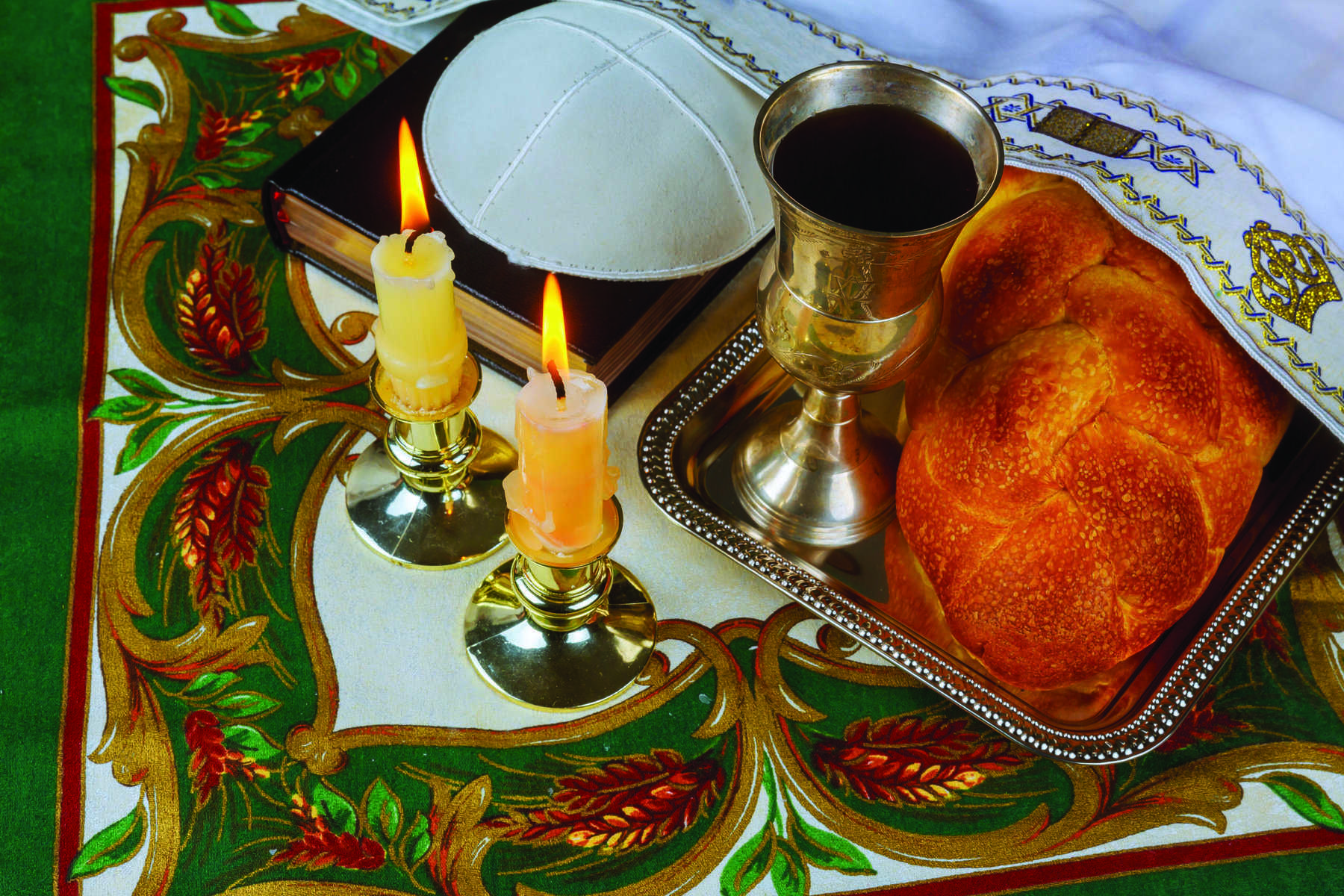(JTA) — The antique silver menorah. The shabbos candlesticks. The tiny tefillin set. The last remnants from Europe that my grandparents, all Holocaust survivors, managed to shlep to America. And I need to get them out of my house. Right now.
I had this thought during a moment when the Palisades Fire raced unchecked in all directions, including south toward my Santa Monica home. I threw a few documents, clothes, and photo albums in a pile on the living room floor, and on top of those I placed these Jewish family heirlooms in a Trader Joe’s paper bag.
I haven’t needed to evacuate my home. The fire’s southern trajectory has slowed. As I write this, I have not yet unpacked my Judaica-filled go-bag (just in case), but I know I am inordinately lucky. As I learn of each new devastation that continues to ravage the Los Angeles area, including my Pacific Palisades synagogue community where at least 300 Jewish families saw their homes consumed by fire, I cannot begin to fathom all they have lost.
Every home taken by fires, no matter the family’s cultural background, contained a lifetime of memories and artifacts. “They’re just things,” these stunned, newly homeless people are told. “They’re just things,” they repeat to themselves with dismay. Nearly all these things are, in theory, replaceable. It’s the remembering, in the heat of the moment, which rarefied objects are actually irreplaceable, that understandably eludes so many.
We Jews tend to treasure the contents of our Judaica cabinets. I suspect, if given just one more moment to think with a clear head, Jewish evacuees would sweep the contents of these cabinets into a bag. Whether passed-down heirlooms or recently acquired, the presence of these Jewish objects have long represented the portable home of a people on the move. When we unpack them and put them on display, we have consecrated and transformed a space into a Jewish home. My grandparents obtained the menorah, the candlesticks and the tefillin after the war when they were, in effect, homeless. Acquiring these Judaica pieces was an act of faith that they would once again build a Jewish home.
I watched on social media as synagogues offered evidence of Torahs being retrieved from their arks (these, modeled after the famously transportable original) and hustled to safety outside the fire zone. I then saw my favorite Los Angeles rabbi, Kehillat Israel emeritus Rabbi Stephen Carr Reuben, bereft and shaken, sharing with the world his regret that he grabbed documents and clothes when the evacuation order came to his Palisades home. Not the family artifacts he wished he had, if he’d understood that he’d never return, that there’d be nothing to return to. “If you ever get told to evacuate, don’t do what I did,” he said. “Think ‘forever.’ What are the things that really matter?” Few of the evacuees who lost their homes understood they were leaving forever.
Tova Fagan, a Malibu resident who lost her home in the fire, shared on Instagram her grief at leaving behind her mother’s menorah and Shabbat candlesticks when she was forced to leave. Friends found her an identical menorah, but she commented that her son was eager to sift through the char and ashes to see if the original was perhaps spared.
The Jewish grief over these lost objects is a lasting one. Aimee Miculka lost her home to a fire in Colorado in 2021. She says that in her rush to evacuate, she “yanked her ketubah down on the way out the door.” But watching news of the Los Angeles fires compelled her to post about the despair she still feels about what she left behind: her grandmother’s Shabbat candlesticks and the shofar she kept since childhood. “Those are the things I wish I had time to grab.”
Fortunate Angelenos want to do everything they can to help forlorn neighbors rebuild. Finding them shelter is priority number one. Down the road, I will be thinking about how we, as an L.A. Jewish community, can support those among us who are starting over to fill their new spaces with the meaningful Jewish objects that make a house, well, heimish.
The views and opinions expressed in this article are those of the author and do not necessarily reflect the views of JTA or its parent company, 70 Faces Media.
‘Just things’ – like what my LA neighbors have lost – are what makes houses into Jewish homes

